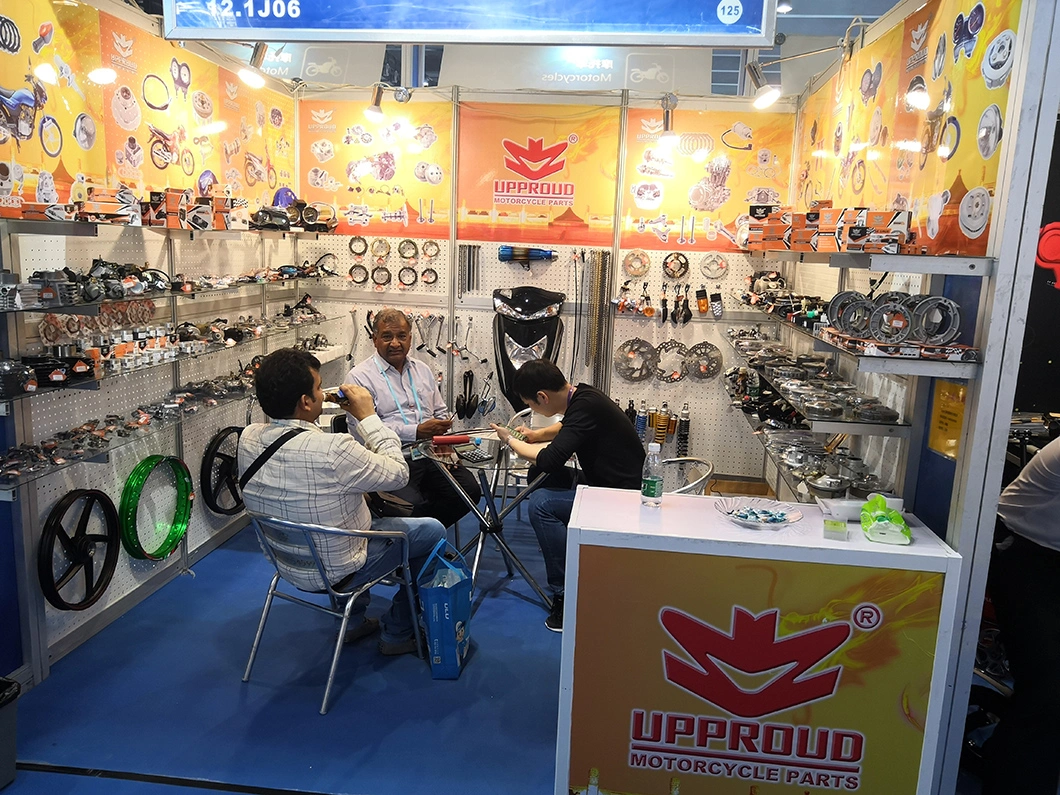Grasping Bike Gears: Just How to Enhance Your Riding Experience
In the realm of motorcycling, understanding the art of gear manipulation is important for boosting your riding performance. Correctly comprehending and using motorcycle equipments can considerably impact fuel, velocity, and control performance, changing an average trip into a seamless, exciting trip. By incorporating precise change timing and adjusting gear choice to various roadway conditions, motorcyclists can guarantee ideal engine performance and security. The subtleties of clutch control, throttle control, and gear mechanics bid a deeper expedition, promising to open the complete possibility of your device. Just how can these techniques be taken advantage of to absolutely optimize your riding experience?
Recognizing Equipment Mechanics
At the core of bike dynamics, equipment auto mechanics play an essential role in transforming engine power right into motion, eventually determining speed and control. The gear proportions, meticulously developed, identify the relationship in between engine changes and wheel turns, affecting velocity and fuel effectiveness.
Recognizing equipment mechanics begins with acknowledging the relevance of the transmission, which houses several equipments of varying dimensions. These equipments connect with a process recognized as meshing, where teeth of various equipments involve to transmit power.
Moreover, the principle of equipment changing is indispensable to taking full advantage of efficiency. Smooth and prompt shifts make sure that the engine runs within its ideal power band, preventing unnecessary stress and enhancing long life (motocross gear). By comprehending these mechanical complexities, riders can attain an unified blend of power, control, and effectiveness, boosting their riding experience
Timing Your Changes
Shift timing mastery is important for optimizing bike efficiency and boosting the riding experience. Properly timed shifts make sure that the engine runs within its ideal power band, which is critical for keeping control, achieving smooth velocity, and making certain the longevity of the motorcycle. Motorcyclists need to establish an instinctive sense of when to shift gears, which involves comprehending the connection between engine transformations per minute (RPM) and rate.
To master shift timing, pay close focus to the engine's noise and really feel, as these give vital hints concerning when to transform equipments. The perfect shift factor generally takes place when the engine approaches the upper variety of its power band without reaching the redline. Shifting as well early can lead to a lack of power, while changing far too late might create unnecessary engine pressure
Additionally, roadway problems and riding design impact change timing. For instance, in city settings, smoother and more frequent shifts may be needed to navigate traffic effectively. On the other hand, throughout highway riding, fewer changes at greater speeds can be a lot more ideal. Practicing in different atmospheres will certainly improve your capability to time changes specifically, eventually boosting your riding experience to an expert level.
Enhancing Gas Effectiveness
While mastering bike equipments is crucial for performance, boosting fuel efficiency is similarly vital for both environmental and financial factors. Optimal fuel intake not only minimizes operational expenses however likewise lessens the eco-friendly footprint of riding. To accomplish this, one have to understand the complex relationship between gear option and engine efficiency.
Riding in a greater gear at lower speeds can lead to engine carrying, which is harmful to both fuel economic situation and engine health and wellness. Alternatively, riding in lower equipments at high rates results in unnecessary gas usage.
In addition, regular maintenance plays an essential function in gas efficiency. Making certain that the motorcycle is well-tuned, with clean air filters and appropriately inflated tires, can improve aerodynamics and minimize fuel waste. Embracing a riding style that embraces gradual velocity and smooth slowdown can contribute to better gas economic climate.

Methods for Smooth Transitions
Accomplishing smooth gear transitions is fundamental to boosting the riding experience and making certain the long life of a motorbike's transmission system. Proper equipment moving not only adds to a smooth ride however additionally reduces wear and tear on the mechanical parts. To grasp the art of smooth special info transitions, bikers have to concentrate on a few crucial methods.

Second of all, clutch control plays an essential role. Involving and disengaging the clutch smoothly calls for method. The clutch bar must be released progressively, permitting a smooth transfer of power from the engine to the wheels without triggering a shock or abrupt activity.

Adapting to Road Conditions
Navigating diverse road problems is a crucial skill for any kind of motorcyclist intending to keep control and safety and security. Whether you're riding on damp surface areas, crushed rock roadways, or browsing sharp turns, your capability to adapt your equipment usage and riding method is vital. Recognizing just how to change your equipments suitably can considerably influence traction and stability, guaranteeing a safer trip.
On damp roadways, it is a good idea to maintain greater equipments to minimize torque and reduce wheel spin. This method helps keep hold on slippery surfaces, enabling smoother acceleration and deceleration. On the other hand, when riding on crushed rock or uneven surface, lower equipments are more effective. Reduced gears give far better control and enable you to react even more promptly to unforeseen modifications in the roadway surface.
Sharp contours require precise equipment administration to stabilize speed and control. Downshifting prior to getting in a contour can help preserve momentum while making certain the motorcycle remains steady throughout the turn. Regular practice in different problems boosts your ability to react and forecast to changes in road structure and slope.
Final Thought
Understanding motorbike gears considerably improves the riding experience by enhancing control, fuel, and velocity effectiveness. A detailed understanding of gear mechanics and accurate shift timing guarantees the engine operates within its ideal power band, while smooth shifts with effective clutch and throttle coordination increase convenience and efficiency. Adjusting gear selection to various roadway conditions, such as using greater gears on wet surface areas and lower gears on crushed rock, more boosts handling and security. Ultimately, these skills boost the general journey.
Recognizing gear auto mechanics starts with recognizing the value of the transmission, which houses multiple gears of differing dimensions. These go to this web-site gears interact through a process recognized as meshing, where teeth of various gears engage to transfer power (motorcycle shop). Mild modifications to the throttle during equipment changes can avoid jerky movements and maintain a constant riding speed
Whether you're riding on wet surface areas, gravel roadways, or navigating sharp turns, your capability to adapt your equipment usage and riding technique is critical. Adjusting equipment choice to various roadway problems, such as utilizing higher gears on damp surfaces and lower equipments on crushed rock, additional enhances handling and safety.